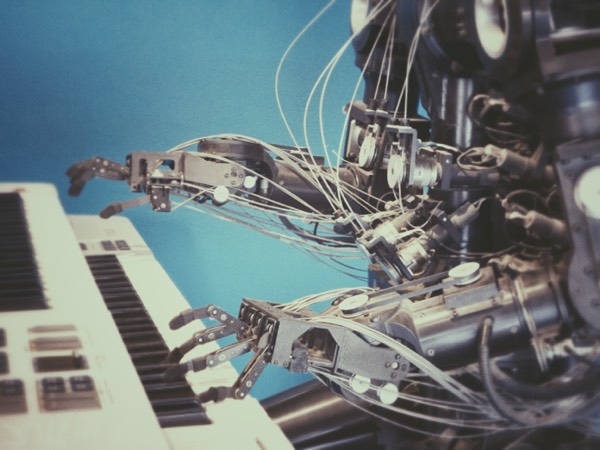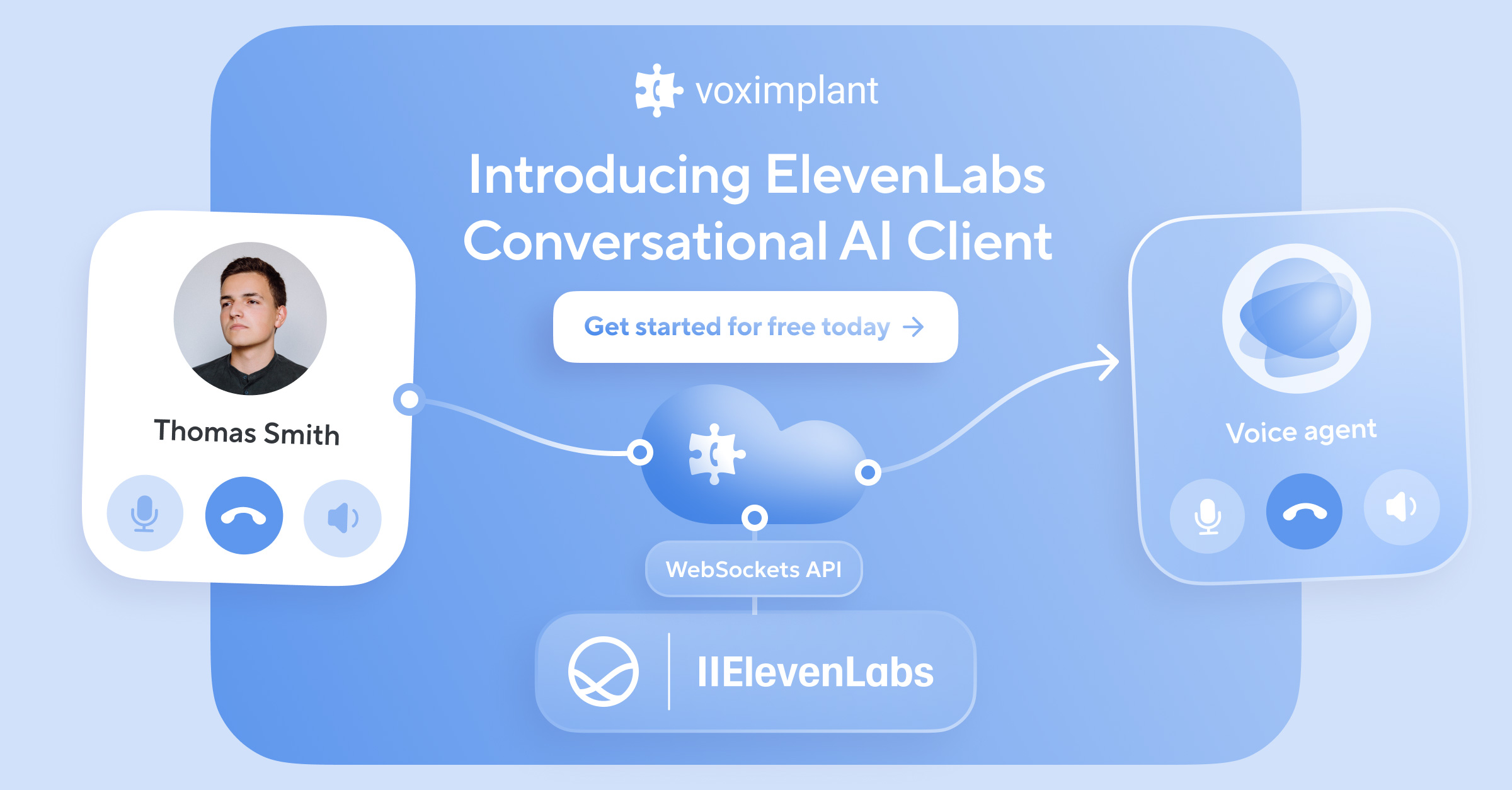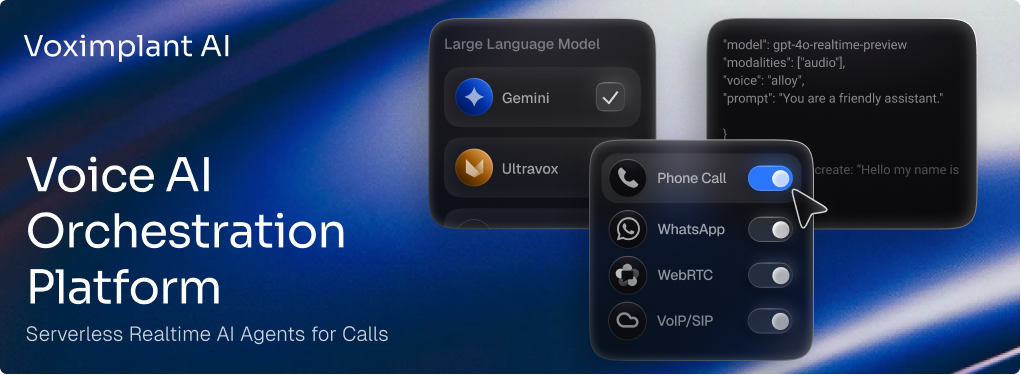It is common for workers to spend a significant chunk of their working day on repetitive, routine tasks. This generates a demand for a technique making such operations automatic. Luckily, there is a solution that not only fulfills this task but is expected to reach an even higher potential.
Robotic Process Automation (RPA) is a set of tools that allows companies to automate a range of activities. RPA interprets existing applications and performs tasks traditionally allotted to workers.

The goal of RPA is to create a virtual workforce across applications and systems. This shift allows employees to use their human strengths, such as emotional intelligence and reasoning, whereas a bot will handle mundane operations.
How RPA Works
RPA follows a precise set of instructions to complete the workflow of tasks. Depending on how the software is programmed, the type of tasks will vary. Overall, the main goal is to perform unpopular but necessary activities mimicking what a human employee would do in the same circumstance.
Not all business processes are great candidates for automation. However, if a task checks some of the following boxes, it can be optimized by the RPA solution:
- Repetitive
- High-volume, labor-intensive
- Highly structured, rules-based
- Prone to human error
- Time-sensitive
By interacting with applications just as a human would, RPA bots can carry out routine tasks, such as:
- Inputting, extracting, loading and changing data;
- Logging in and out of applications, operating systems;
- Management of business and people requests;
- Filling out forms;
- Streamlining information across different systems;
- Opening emails and attachments;
- Screening documents and online application forms.
Generally speaking, RPA automates business processes and tasks by mimicking the working ways of a regular employee. Conveniently, this is done without any internal or external changes to the existing systems. Broad classes of technology based on RPA and currently available in the market include:
- Programmable bots – they follow a set of instructions specified by programmers to process data. This type is most suitable for simple tasks.
- Knowbots – these bots help search the Internet to collect and save user-specified information.
- Chatbots – this type can be described as AI-driven agents, capable of responding to customer requests in real-time.
RPA is maturing in terms of clarity, credibility, and applicability. The assistance of artificial intelligence and machine learning delivers new opportunities for RPA implementation. Unlike other forms of automation, RPA bots are learning to analyze data and make decisions about whether a process should occur based on predefined parameters. Over time, these capabilities are bound to reach an impressive level of sophistication.
What Are the Benefits of RPA?
Interest in the RPA technology has grown as many companies recognized the competitive advantage it provides. Some business benefits of RPA include:
- Increased productivity – business processes are completed more efficiently compared to manual alternatives. A bot performs required tasks 24/7 without breaks, thus, never slowing down the workflow.
- Better accuracy – RPA bots have detailed and practically error-free data capture. While a human worker might make a manual mistake, a bot works accurately and consistently. However, the operations should still be reviewed from time to time.
- Improved regulatory compliance – the software robots are programmed to follow the rules. Therefore, they can be configured to meet regulations and standards. Also, they maintain an audit trail history for each step.
- Easy integration – just like regular workers, RPA robots work across the presentation layer of existing applications. Any non-technical staff can set it up or even use it through a process recorder feature.
- Scalable capabilities – RPA is very elastic. Not only can you increase/decrease the digital workforce in real-time, but also make it work alongside employees for maximum growth.
- Elevated employee morale – RPA relieves workers from repetitive manual processes. This enables them to bring value with more complex, creative and strategic work. Also, it creates opportunities for them to upskill themselves and edit their current position or start a new one.
What Can RPA Do? Example Use Cases
RPA operates similarly to the way people do. It recognizes, compares, and establishes patterns. The bot can be configured to perform a variety of tasks – everything from logging in and out of accounts or applications to filling in the missing data details.

RPA is versatile and flexible enough to be in different types of organizations. Here are some important industrial applications.
Banking and Finance
RPA can automate form filling, transaction processing, data migration between banking applications, reports on profit and loss and risk exposures, account openings and closings, etc. Overall, it takes lengthy processes around information input and exchange, and swiftly fulfills them.
Insurance
The benefit of using RPA in insurance comes from its ability to document-heavy workflows and direct the information appropriately. For example, it helps with claims processing, applying policy changes, managing month-end reports, issuing renewals, etc.
Retail and Sales
For the e-commerce industry and sales departments, RPA can be used to:
- Create and deliver invoices
- Check shipping statuses
- Update interactions to CRM
- Facilitate simple customer queries and customer rep activity
- Retrieve and update billing and payment data
- Keep track of user preferences
Healthcare
RPA relieves healthcare professionals from many administrative tasks. A bot can successfully handle patient records and claims, discharge notifications including forwarding information for care transition, medical billing records and processing, reporting, etc.
Technology and Software
You can automate some functionalities in your internal tools, for example, to reduce the works of support teams. Also, you can enable simple automated testing – a bot can make sure load and mobile performance are adequate, bugs are not introduced into features developed in each new version, etc.
What to Look for in RPA Software
In the search for the best RPA solutions, certain characteristics are worth paying attention to more than others. The evaluation criteria that will help you figure out which RPA tools fit your specific goals, expectations, and constraints are as follows:
- Initial setup cost, ongoing vendor fees, and maintenance cost – even though implementation and use of RPA are fairly intuitive you might need help training the bots and augmenting your workforce. You should also account for license fees, especially for advanced bots. Lastly, as inputs and systems change, you will need to allocate resources for bot configurations.
- Scalability – regardless of your current deployment plans, you need to consider expanding the use of bots in the future. Your RPA solution should also be managed centrally. Otherwise, if deployed on a desktop or virtualized environment, it will be harder to maintain as you grow. Managing RPA from an enterprise server cluster offers scalability up to tens of thousands of robots.
- Speed and simplicity – ideally, any employee should be able to handle the solution's design environment. You should be able to easily collect data and transform it into meaningful information as well as design, and test new robotic processes with no need for custom coding. The easier it is to deploy and optimize the bot, the more long-term value it has.
- Reliability – a built-in monitoring and analytics feature within the RPA system helps you oversee its operation. If the bot fails to execute a task or something similar occurs, you need to know before it disrupts the workflow. The earlier you are notified, the quicker you will solve the problem.
- Vendor support – Working with a provider that is already familiar with your company might be more efficient. If there is no such company, make sure the vendor understands the needs and processes of your business. Take notice of how much support they offer and whether it matches your needs.
- Intelligence and next-generation RPA capabilities – look for an AI-powered RPA solution to take advantage of more advanced functionality. The tool should fully address the complexity of your business operations. If it supports simple task-based activities, as well as understands and enriches complex content, only then it can adequately replace human workers.

Not all automation software is created equal and it takes a lot of research to determine which tool will bring the most value to your organization. Voximplant offers a solution to meeting all the criteria above. Therefore, you can be sure you implement an RPA system capable of improving your enterprise operations and growing your business further.
Future of RPA Technology
As RPA technologies are getting widespread, we see the signs of using them in a more advanced and varied manner. In the future, you can expect the emergence of solutions addressing the most demanding part of RPA deployment – design, development and maintenance.
The concerns might be solved by:
- RPA with out-of-the-box implementation – these bots will be ready to be deployed without any customization. Subsequently, companies save time, effort and money on RPA deployment since they don't need to rely on third parties or allocate extensive resources to achieve automation.
- Cognitive RPA – originally, RPA was only used for simple structured data processing. However, enriching RPA with image recognition and natural language processing (NLP) pushed the technology in the cognitive direction. Thus, efficiencies of RPA are likely to be expanded.
- Self-learning RPA – cognitive RPA is unintelligent at its core. But adding AI and self-learning capabilities will inch it beyond rule-based principles. The technology will be able to intelligently interpret the task and adjust/improve the process flow accordingly.
Conclusion
To sum up, robotic process automation is aimed at replacing employees when it comes to routine activities. As a result, process automation increases overall productivity, optimizes labor investment, and reduces company expenses in the long run.

Organizations can leverage RPA in a variety of vectors that will be unique to their needs. It is already used in industries, such as retail, banking, insurance, healthcare, etc.
The ability to meld automation and human labor effectively is expected to be a determining factor for businesses in the coming decades. Therefore, implementing RPA can give you an essential advantage. As you automate rule-based and easily definable processes, you simplify the workflow and improve the way your company utilizes its resources.





